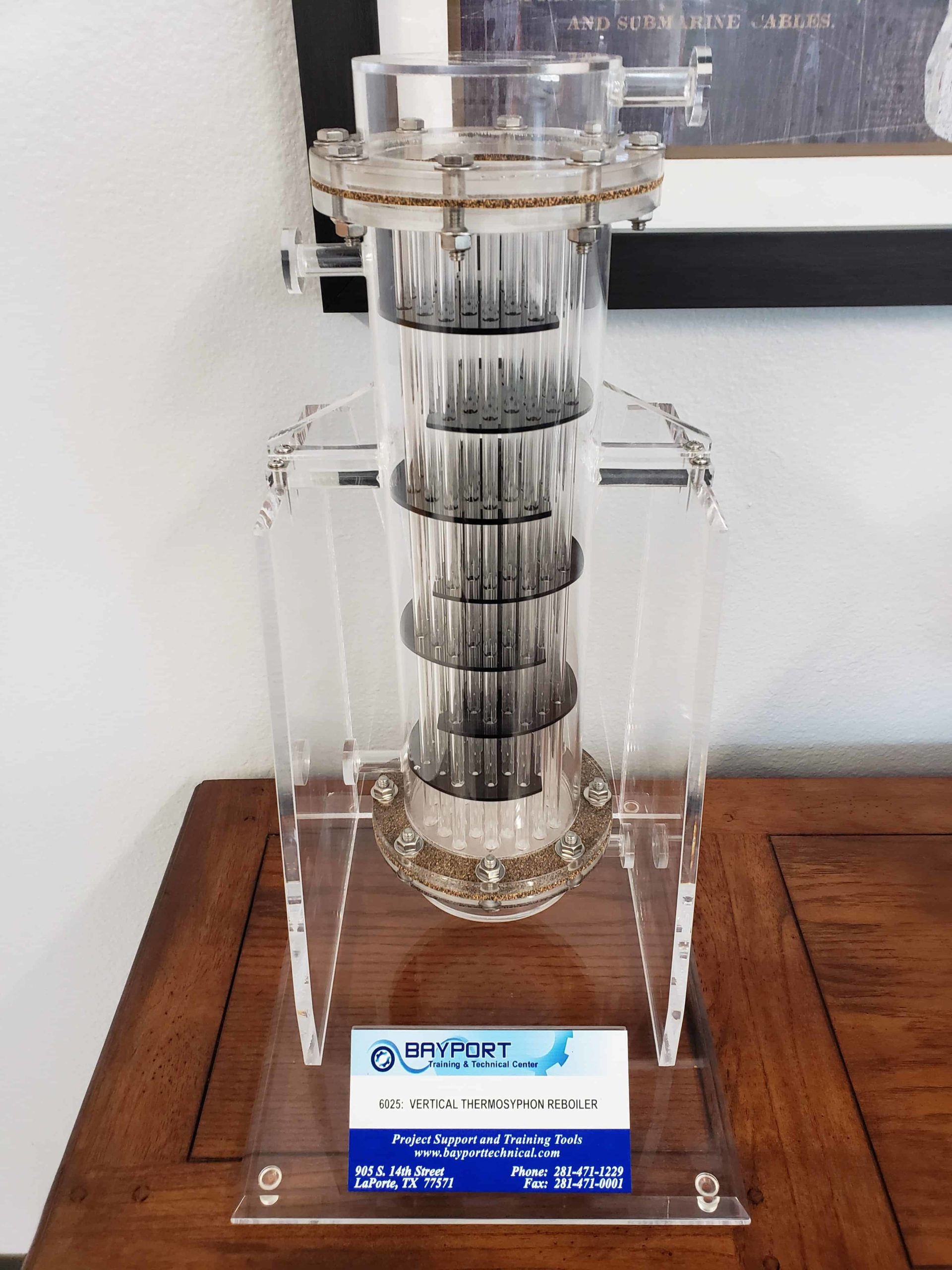A common characteristic of most mechanical and chemical systems is the need to transfer heat from one fluid (liquid or gas) to another, and most systems use heat exchangers to accomplish this task. In a heat exchanger, the two fluids do not make direct contact. Instead, heat passes from the hotter fluid to the metal isolating the fluids and then to the cooler fluid.
Common applications of heat exchangers include heating, ventilation, and air conditioning (HVAC) systems; preheaters or coolers in fluid systems; radiators on internal combustion engines; and boilers, evaporators, and condensers used with fluids like oils, wastewater, hydrocarbons, biogases, etc. in industries such as oil and gas refining and power generation.
One specialty type of heat exchanger is the reboiler, which provides the heat needed for a distillation column to operate effectively. Reboilers convert liquid from the bottom tray of a distillation column into vapor, using heat from a source such as a shell and tube heat exchanger filled with steam or oil.
The vertical thermosyphon reboiler operates on the same basic principles as kettle style reboilers. Liquid passes from the bottom of the distillation tower to the reboiler by gravity and then through the reboiler’s heated single-pass tube bundle to create a two-phase liquid-vapor product.
The liquid-vapor product then transfers through a pipe back into the distillation tower where separation takes place. Vapor ascends through the tower and non-vaporized liquid returns to the reboiler. Compared to kettle style reboilers, vertical thermosyphon reboilers tend to have higher heat transfer coefficients and fewer problems with fouling of the tube bundle.
Bayport Technical's Vertical Thermosyphon Reboiler Model - Acrylic (6025) (115-VTR) showcases the operational features of a typical industrial vertical thermosyphon reboiler. This sturdy, transparent acrylic training model allows learner to dismantle the training aid, examine the component parts, and understand how the unit is assembled, including gasket positioning. Instructors can then let learners reassemble the unit for training purposes.


